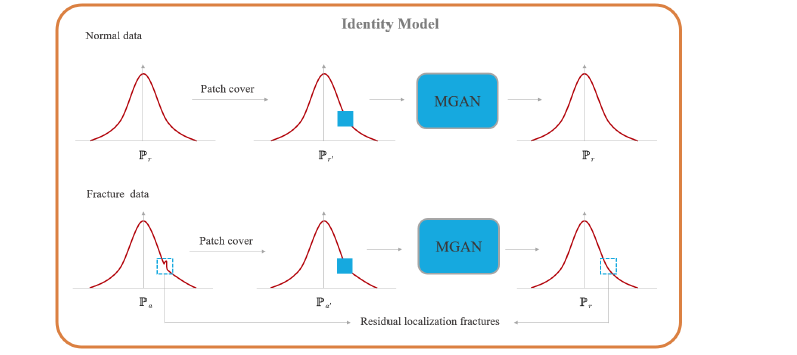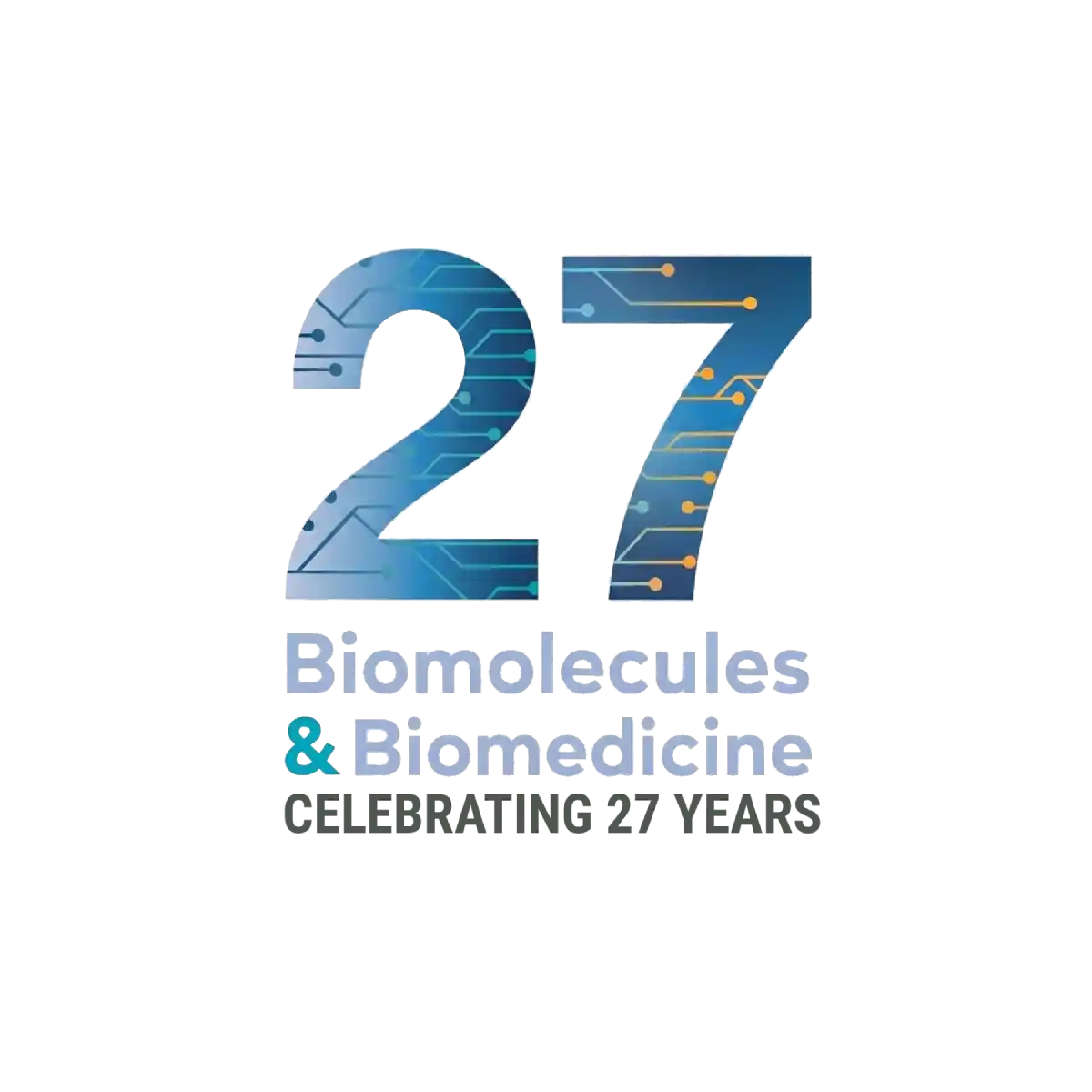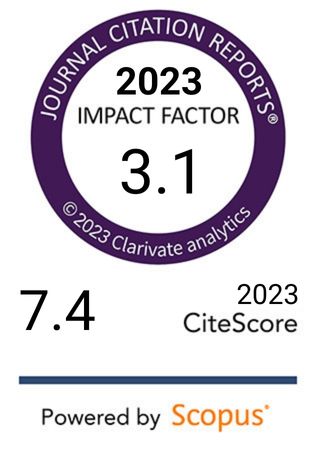Deep learning approach based on a patch residual for pediatric supracondylar subtle fracture detection
DOI:
https://doi.org/10.17305/bb.2024.11341Keywords:
Deep learning, DL, pediatric supracondylar subtle fracture, fracture detection, small dataAbstract
Supracondylar humerus fractures in children are among the most common elbow fractures in pediatrics. However, their diagnosis can be particularly challenging due to the anatomical characteristics and imaging features of the pediatric skeleton. In recent years, convolutional neural networks (CNNs) have achieved notable success in medical image analysis, though their performance typically relies on large-scale, high-quality labeled datasets. Unfortunately, labeled samples for pediatric supracondylar fractures are scarce and difficult to obtain. To address this issue, this paper introduces a deep learning-based multi-scale patch residual network (MPR) for the automatic detection and localization of subtle pediatric supracondylar fractures. The MPR framework combines a CNN for automatic feature extraction with a multi-scale generative adversarial network to model skeletal integrity using healthy samples. By leveraging healthy images to learn the normal skeletal distribution, the approach reduces the dependency on labeled fracture data and effectively addresses the challenges posed by limited pediatric datasets. Datasets from two different hospitals were used, with data augmentation techniques applied during both training and validation. On an independent test set, the proposed model achieves an accuracy of 90.5%, with 89% sensitivity, 92% specificity, and an F1 score of 0.906—outperforming the diagnostic accuracy of emergency medicine physicians and approaching that of pediatric radiologists. Furthermore, the model demonstrates a fast inference speed of 1.1 s per sheet, underscoring its substantial potential for clinical application.
Citations
Downloads

Downloads
Published
Issue
Section
Categories
License
Copyright (c) 2025 Qingming Ye, Zhilu Wang, Yi Lou, Yang Yang, Jue Hou, Zheng Liu, Weiguang Liu, Jiayu Li

This work is licensed under a Creative Commons Attribution 4.0 International License.









